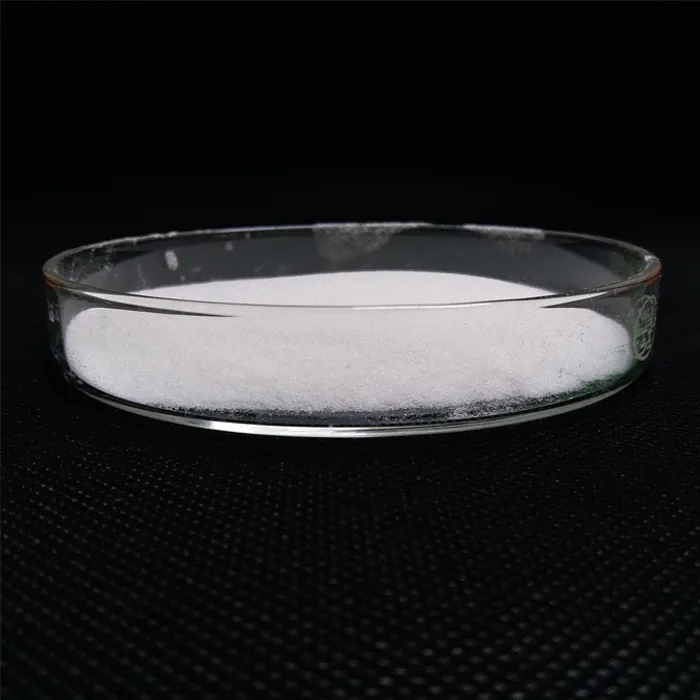Understanding Ammonium Thiocyanate Properties, Uses, and Safety
Ammonium thiocyanate (NH4SCN) is a chemical compound that plays a crucial role in various industrial applications and scientific research. It is composed of ammonium ions (NH4+) and thiocyanate ions (SCN-), creating a white crystalline substance highly soluble in water. This article explores the properties, uses, and safety considerations associated with ammonium thiocyanate.
Properties of Ammonium Thiocyanate
Ammonium thiocyanate is characterized by its hygroscopic nature, meaning it has the ability to absorb moisture from the air. This property makes it essential in applications where moisture control is necessary. The compound has a melting point of approximately 149 °C (300 °F) and begins to decompose upon heating, releasing toxic gases such as ammonia and carbon disulfide. Due to its solubility in water, ammonium thiocyanate is often utilized in various aqueous solutions in laboratories and industrial settings.
One intriguing property of ammonium thiocyanate is its use as a phase change material (PCM). When dissolved in water, it can lower the freezing point significantly, making it useful in cryopreservation and cooling applications. Moreover, its interaction with metal ions can create complexes, which is an important aspect in analytical chemistry.
Uses of Ammonium Thiocyanate
Ammonium thiocyanate finds applications across multiple fields. In agriculture, it acts as a nitrogen source in fertilizers, promoting plant growth. Its ability to improve crop yield has made it a valuable resource in the agricultural sector.
thiocyanate d ammonium fds

In the chemical industry, ammonium thiocyanate is used as an important reagent in the synthesis of various compounds. It serves as a precursor for manufacturing thiocyanate salts, which find uses in producing pharmaceuticals and agrochemicals. Additionally, it is involved in the production of certain dyes, playing a key role in the textile industry.
In analytical chemistry, ammonium thiocyanate is utilized in titration processes to determine the concentration of metal ions. The reaction between thiocyanate and metal ions leads to the formation of colored complexes, allowing for visual determination of concentrations. This application highlights its significance in laboratories and research facilities.
Safety Considerations
While ammonium thiocyanate has numerous advantages, it is essential to consider its safety aspects. The compound can be hazardous if not handled properly. Inhalation of its dust or fumes can irritate the respiratory system, and prolonged exposure may lead to other health complications. Skin contact can result in irritation or allergic reactions, making the use of protective equipment imperative during handling.
In case of accidental exposure, it is crucial to seek fresh air and wash affected areas with copious amounts of water. Additionally, adequate ventilation in workspaces where ammonium thiocyanate is used is essential to minimize inhalation risks.
Conclusion
Ammonium thiocyanate is a versatile compound with various applications in agriculture, industry, and analytical chemistry. Understanding its properties, uses, and safety measures is vital for those who work with this chemical. As research continues to unveil new applications and methods for utilizing ammonium thiocyanate, its importance in both scientific exploration and industrial processes will likely continue to grow. Proper handling and safety practices will ensure that its benefits can be reaped without compromising health and safety.

